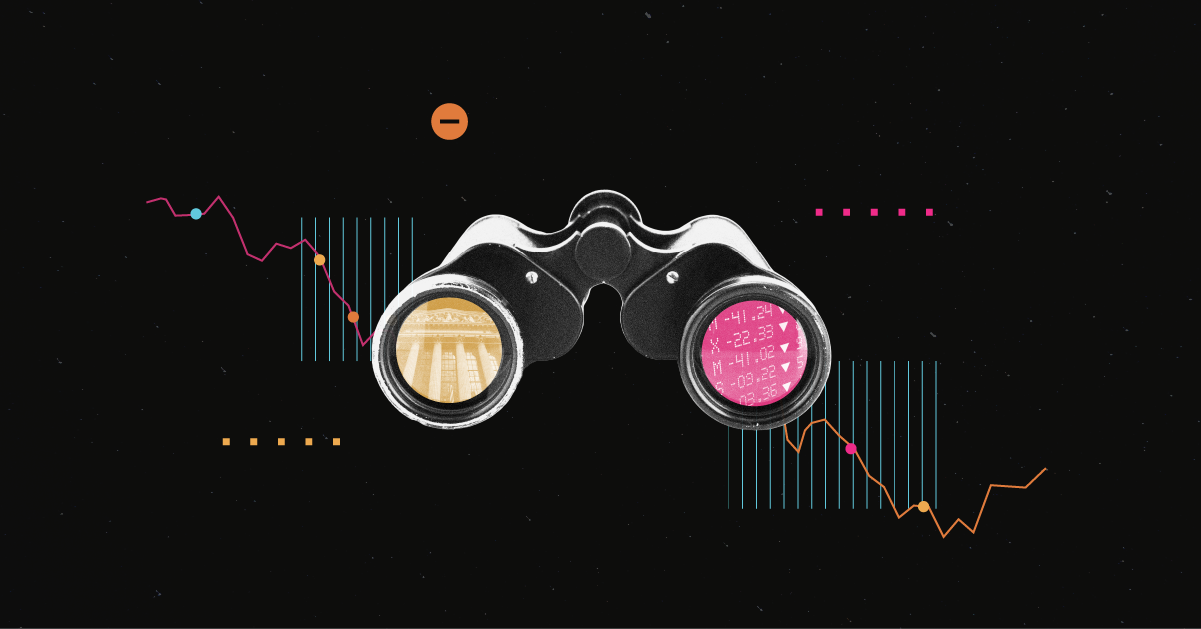Joanne Warner's First State Global Resources showed considerable get-up-and-go, riding big positions in all three companies to the strongest showing of all natural resources funds in the sector. The fund came into the year with north of 9% of assets tucked into each of the three mining giants, for a combined 28% stake. That helped Warner deliver a 55% return during 2007, putting her
charge at the head of the group. Her fund also benefited from a position in Potash Corporation of Saskatchewan, which has a veritable monopoly on potash, a key ingredient in fertilisers used around the world, and soared more than 200%.
JPM Natural Resources came in second place in the natural resources group for 2007, delivering a one-year return of 43%, 12 percentage points behind the First State offering. The difference in performance owes in large part to those three holdings: Ian Henderson runs a much less concentrated portfolio at the JPM funds than his peers at First State. Rio Tinto was the fund's top holding at the end of November, but only accounted for 2.2% of assets, and was just 1.25% in June.
Gold and energy fared well, but not as well. Graham Birch's gold-heavy Merrill Lynch Gold and General ended the year up 40.8, whilst Smith & Williamson Global Gold, run by Charles Oliver of Canada's AGF, rose only 24.6%. That lagged basic price appreciation of the commodity, and ranked in the worst quartile of the Morningstar Precious Metals category for the period.
A year when a 25% return is considered poor reinforces our view that unless you have a specific need for narrow exposure to a given commodity, a broad resources fund is the best choice. Such a fund gives its manager the widest latitude to add value by positioning the fund to benefit from their research. The choice between the First State and JPM offerings amounts to some degree to personal preference. They're both good offerings, with highly experienced management and strong research backing them. I like the willingness of Warner to back her highest conviction bets with significant assets, but that comes with risks, and the JPM fund has more consistently outperformed its peer group from calendar-year to calendar-year, so it earns the nod as the better long-term holding in my book.
It should be noted that some of the funds are just too expensive. I continue to be amazed that MFM iFunds thinks it's acceptable to charge a 1.75% management fee for running a portfolio of ETFs (a portfolio that was up just 20.5% in 2007). That’s higher than the management fee on many funds of funds (which are already too high), and the job is much easier. MFM doesn't have to evaluate fund management--all they do is trade index trackers over an exchange, and their work is limited to a small slice of the market. MFM will face stiff competition from new commodity ETCs from ETF Securities and Lyxor, which are much more competitively priced at below 0.50% per annum.
A version of this article previously appeared in Investment Adviser, Financial Times Ltd.
























